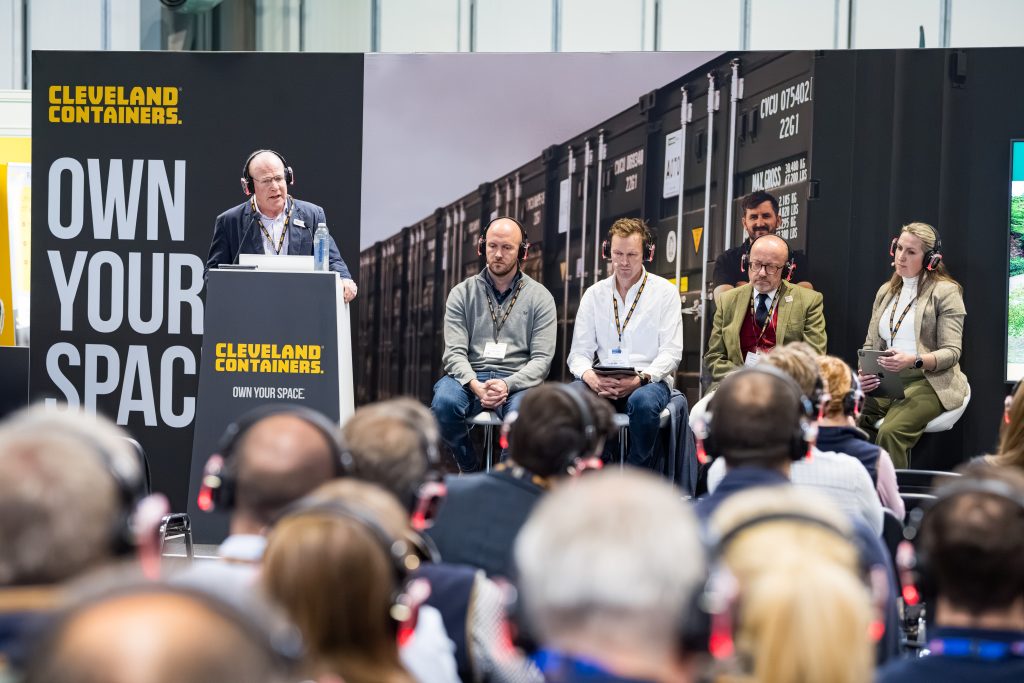Speakers: Anthony Pearce (Dudley Peverill Associates), Dawn Woollam (DPA Consultant), Ed Daniell (Rural Space), Iain Hawthorne (Aravis UK), Simon Kinvig (Pegasus Group)
At the Farm Business Innovation Show, this panel brought together diversification experts from across planning, finance, design, and rural enterprise explored how landowners can unlock new income streams through thoughtful, phased development. Using a real-life case study of a redundant barn in Cambridgeshire, the panel showcased how to turn a single building query into a masterplan for sustainable, long-term growth.
Anthony Pearce of Dudley Peverill chaired a dynamic discussion that highlighted the interplay between planning permissions, permitted development rights, site access, funding strategies, and market positioning. Speakers agreed that the most successful diversification projects balance ambition with realism—layering opportunities, securing finance smartly, and creating ecosystems of complementary uses that serve both community and commercial goals.


10 Key Takeaways for Landowners
- Start with strategy, not structure. Assess the whole estate’s potential before focusing on a single building—context, access, and neighbouring activity all matter.
- Think in layers. Combining complementary uses (e.g. workspace, café, leisure) creates resilience and multiple income streams.
- Plan for longevity. Projects backed by “patient capital” and a five-year masterplan are more adaptable to market change.
- Understand your planning options. Class Q (residential) and Class R (commercial) permitted development routes can reduce risk but require expert input and site-specific analysis.
- Design with flexibility. Zoning for residential, commercial, and leisure use helps future-proof development and manage access or noise impacts.
- Finance in phases. Banks favour staged, affordable progress with credible teams, robust business plans, and clear repayment paths.
- Prove the concept early. Low-cost pilots—like pop-up food and beverage alongside leisure uses—can validate market demand and strengthen funding and planning cases.
- Use data and market insight. Research local demand and align developments with what occupiers and consumers want, not just what’s possible to build.
- Build a supportive ecosystem. Successful rural projects combine occupiers and activities that attract and sustain each other—turning a site into a destination.
- Balance emotion and economics. Diversification can be personal and complex; clear communication among family stakeholders and professional advisors is vital.
Final Thoughts
Looking to go from concept to completion? We’d welcome the opportunity for a discovery call to explore your options and provide tailored advice.
📩 Get in touch with us at Dudley Peverill Associates to discuss your project.

